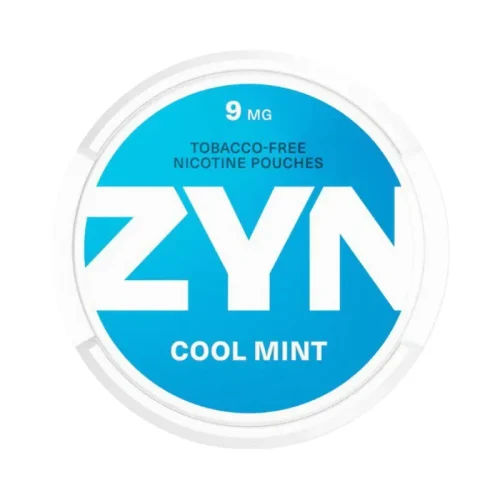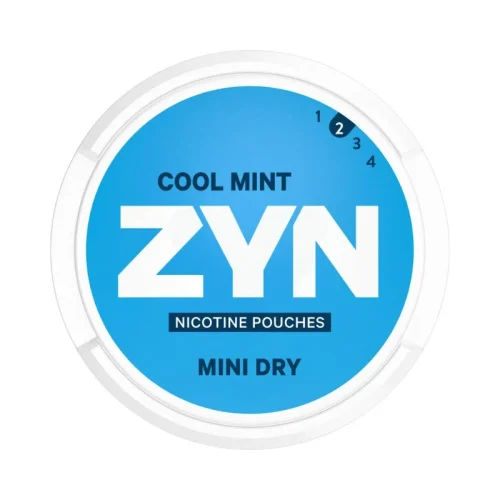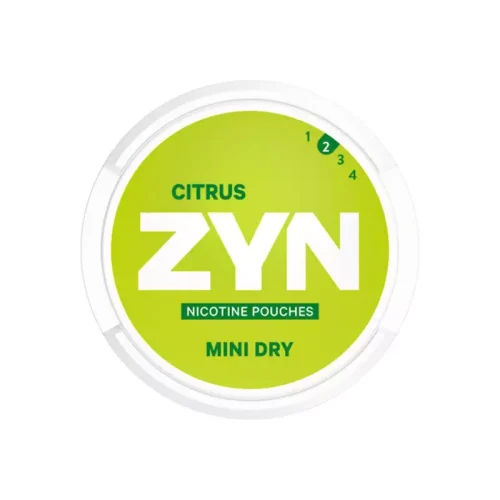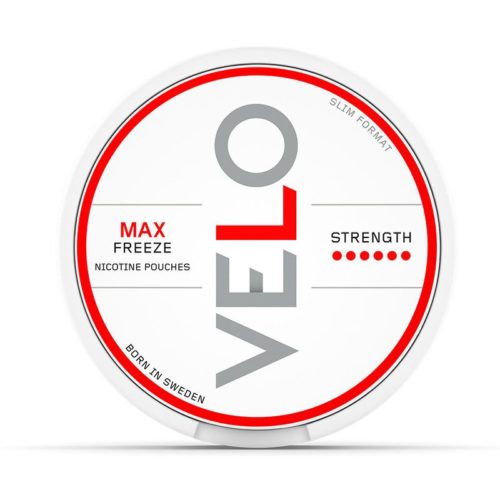Nicotine pouch is a thin, white, smokeless, tobacco free product. It contains nicotine, flavorings, sweeteners, water and plant-based fibers. You place the nicotine pouch between the lip and the upper gum, nicotine gets absorbed through the gum lining.
Cigarette is defined as a tube-shaped tobacco product that is made of finely cut, cured tobacco leaves wrapped in a thin paper. The cigarette is lit on one end and smoked, and then the smoke is inhaled into the lungs. Cigarettes contain nicotine and many cancer-causing chemicals that are harmful to both smokers and nonsmokers.
Both cigarettes and nicotine pouches give the effects that nicotine gives. Nicotine is a CNS (central nervous system) stimulant and has both depressant and stimulatory actions on autonomic ganglia. It means that nicotine makes the person less anxious and more alert at the same time. But cigarettes also have the negative side effects that come from inhaling burnt tobacco and smoke- the cause for the majority of diseases that are connected with nicotine usage. There is more nicotine in a cigarette than in a nicotine pouch, but there are exceptions.
The differences between nicotine pouch and tobacco are that the pouch is healthier (tobacco and smoke free), discreet, you can use it everywhere. Nicotine pouches have different flavor and strength options. Cigarettes have spearmint (other minty as well) flavor options but nicotine pouches have also fruity, spicy, sweet and so on flavor options. Tobacco and nicotine difference is that the latter is healthier.
What is a Nicotine Pouch?
Nicotine pouch is a small, tobacco free, soft and typically white pouch that contains nicotine. Nicotine pouches are placed discreetly under the upper lip, nicotine is released within minutes There are many research papers written on nicotine pouches about their advantages compared to other nicotine-containing products.
How Much Nicotine Content is in 1 Pouch?
The nicotine content in 1 nicotine pouch is the multiplication of the amount of nicotine per gram in the nicotine pouch and the weight of the nicotine pouch.
Nicotine pouch’s weight (g) x nicotine content per mg (mg/g) = Nicotine content in one pouch (mg)
Example: Klint Breeze Mint
0,7 g x 8 mg/g = 5.6 mg (of nicotine per pouch)
How to Use the Nicotine Pouch?
Listed below are steps on how to use nicotine pouches:
- Remove a bag from the can, using your thumb and index finger (clean hands).
- Put a pouch underneath your lip.
- Experience tingling.
- Enjoy the nicotine release.
- Remove the bag by using clean fingers.
- Put the nicotine patch in a responsible trash bin.
Do not swallow the nicotine pouch because the nicotine absorption will continue in the stomach. Swallowing the nicotine pouch causes some side effects, especially if you do it often.
What are the Effects of Nicotine Pouches?
Using nicotine pouches has both possible positive and negative side-effects. Positive side-effects are cognitive enhancement (focused mind, sharpened mind), reaction time quickens (you react quicker), weight loss (makes you less hungry). Negative side effects are irritation of the gums (gums become more sensitive), hiccups, nausea.
Can I Use a Nicotine Pouch for NRT?
No, nicotine pouches have not been added into the list of FDA approved NRT methods. Due to that nicotine pouches are not considered as an ideal substance to be used while undergoing nicotine replacement therapy.
Is Nicotine Pouch Used as an Alternative for Cigarette Smoking?
Yes, nicotine pouches are used as an alternative for cigarette smoking. Because nicotine pouches contain nicotine you can the “high” of nicotine without the harmful effects of tobacco and smoke.
What is a Cigarette?
Cigarettes are defined as a tube-shaped tobacco product that is made of finely cut, cured tobacco leaves wrapped in thin paper according to the National Cancer Institute. A cigarette is lit on one end and smoked, and then the smoke is inhaled into the lungs. Cigarettes contain nicotine and many cancer-causing chemicals that are harmful to both smokers and nonsmokers. Smoking cigarettes leads to nicotine addiction and can cause many different diseases. On the average the cigarette contains 10 – 12 mg of nicotine. 6 mg of nicotine equals the weakest kind of cigarette.
How Much Nicotine Content is in 1 Stick of Cigarette?
In 1 stick of cigarette there is 6 – 28 mg of nicotine. The average cigarette contains 10 to 12 mg of nicotine according to Healthline.
How to Use a Cigarette?
The instructions how to use a cigarette are:
- Open the pack of cigarettes.
- Remove a cigarette from the pack with clean fingers.
- Put the cigarette in your mouth.
- Light the cigarette.
- Inhale the smoke.
- Hold the smoke in your mouth for a few seconds.
- Remove the cigarette from your mouth.
- Blow out the smoke.
- Tap the ashes in a designated spot.
- Repeat the last 5 steps until you wish to smoke no more or the cigarette is burnt out.
- Tap the ashes and stub it out in a designated spot.
- Dispose of the cigarette properly, in a designated trash bin so you would not litter or cause a fire..
What are the Effects of Cigarette Smoking?
The effects of cigarette smoking are: lung damage, heart disease, fertility problems, risk of pregnancy complications, risk of type 2 diabetes, weakened immune system, vision problems, poor oral hygiene, integumentary (teeth, nails, hair) system issues, risk of other cancers, digestive and central nervous system problems, and secondhand smoking, according to Medical News Today (2023).
Can I Still Smoke Cigarettes while Undergoing NRT?
Yes, you can still smoke cigarettes while undergoing NRT. It depends on which NRT you are using, some of them allow smoking for a while and some do not allow it. Make sure you follow the instructions given by your healthcare provider because they are familiar with your medical history. While using Zyban and Chantix you can smoke for a certain amount of time according to your doctor’s instructions.
Is Cigarette Smoke More Harmful than Taking a Nicotine Pouch?
Yes, cigarette smoke is more harmful than taking a nicotine pouch. Cigarette smoke contains burnt tobacco and smoke, which are the main causes for illnesses connected with the use of nicotine products (cancer, lung diseases).
How is the Nicotine Strength in Nicotine Pouch Versus Cigarette?
How nicotine strength in nicotine pouch vs cigarette is depends on which strength products you use. For comparison using up to 14 mg/g nicotine pouches is equal to average cigarette consumption less than that is less. When you use 60 mg/g pouches then that nicotine strength is equal to strong cigarettes without the filter.
Read more about nicotine strength.
Why Do People Choose Nicotine Pouches Over a Cigarette?
People choose nicotine pouch over a cigarette, because it is healthier (tobacco and smoke free), discreet, allowed to be used everywhere, and has different flavor and strength options. Tobacco and nicotine difference is that the latter is healthier.
Why Do People Decide to Stop Smoking Cigarettes?
People decide to stop smoking cigarettes because it is an unhealthy habit. Tobacco and nicotine difference is that nicotine is naturally an addictive chemical that is in tobacco.
How to Undergo a Therapy to Quit Smoking Cigarettes?
You can undergo a therapy to quit smoking cigarettes by using NRT (Nicotine Replacement Therapy). NRT or Nicotine replacement therapy gives you nicotine (in some cases there is no nicotine), but not the other harmful chemicals in tobacco, in the form of gum, patches, sprays, inhalers, inhalers, lozenges, Chantix (Varenicline), or Zyban (nicotine free). First you need to contact your healthcare provider to find the most suitable NRT for you. Because of your personal medical history not all NRT methods may be suitable for you. The tobacco and nicotine difference is that nicotine is an addictive chemical ingredient in natural tobacco. When you use nicotine containing products you experience a ”high”, that is what makes it addictive. Because the causes for the majority of health problems connected with nicotine usage are smoke and burnt tobacco inhalation then all other ways of consuming nicotine (nicotine pouches) are healthier.
Read more about nicotine replacement therapy.
Is Indirect Smoking More Dangerous than Direct Smoking?
No, indirect smoking is not more dangerous than direct smoking according to Scotland’s NHS (National Healthcare information Service) . Indirect smoking is just as dangerous than direct smoking, both of those ways expose people to the same dangers.
Read more about direct vs indirect smoking.
Is Cigarette Smoking Addictive?
Yes, cigarette smoking is addictive. Cigarette smoking is addictive because cigarettes contain nicotine. Nicotine is an addictive chemical substance that keeps people using cigarettes, even when they want to stop.
What is the Difference between Nicotine Pouch and Vaping?
The difference between nicotine pouches and vaping is that there is no smoke involved with using nicotine pouches while with vaping it exists. Another difference between nicotine pouches and vaping is that because of smoke vaping is not allowed everywhere, while using nicotine pouches is allowed everywhere.
Read more about nicotine pouch vs vaping.





